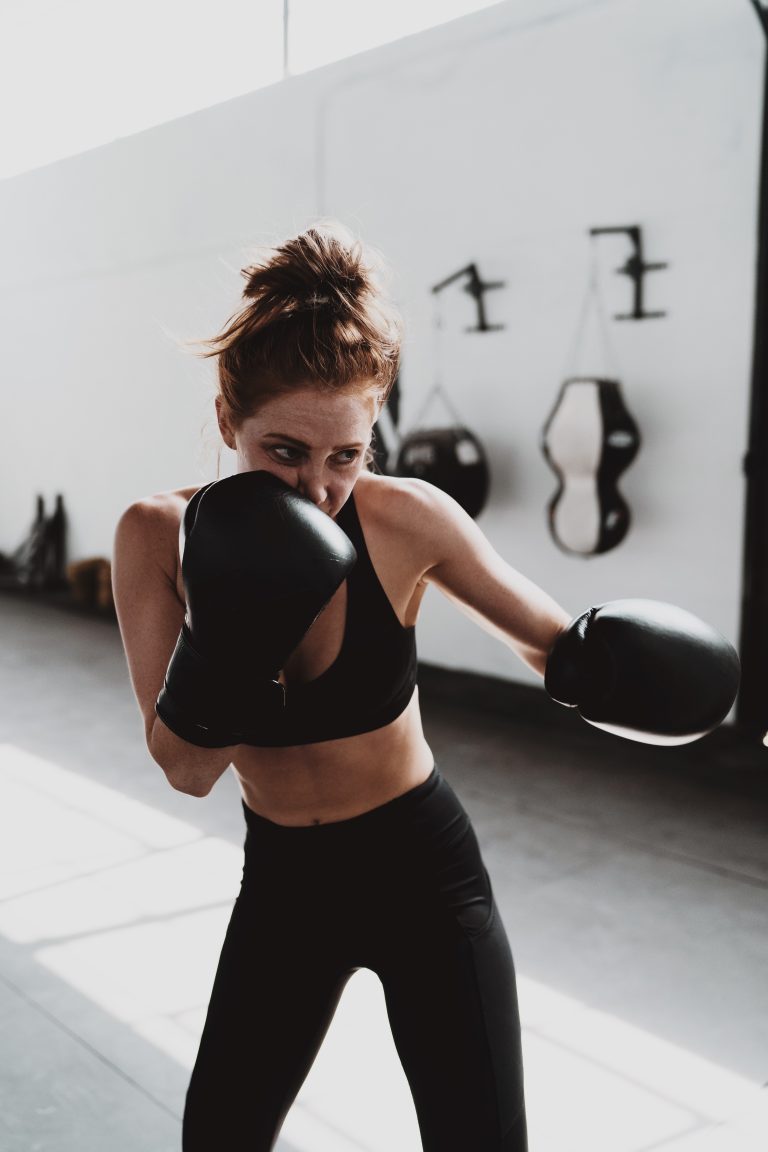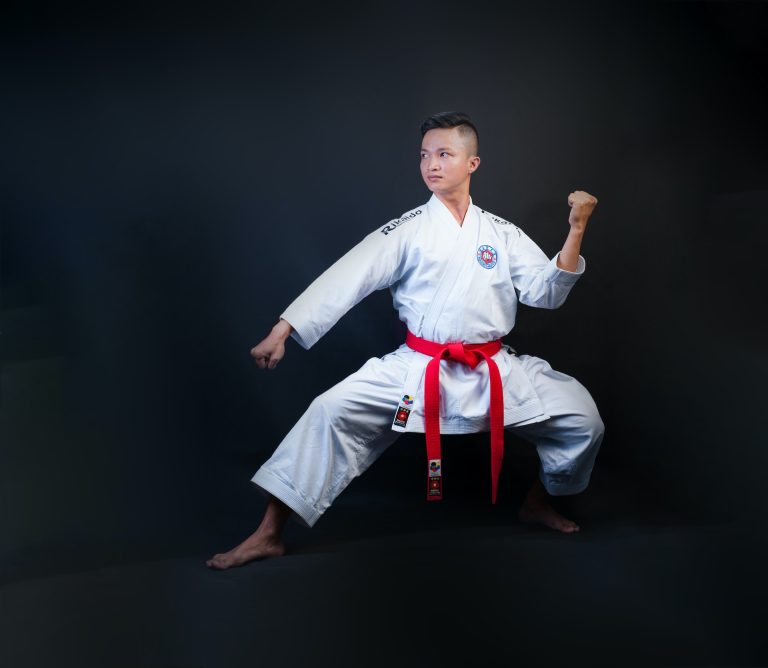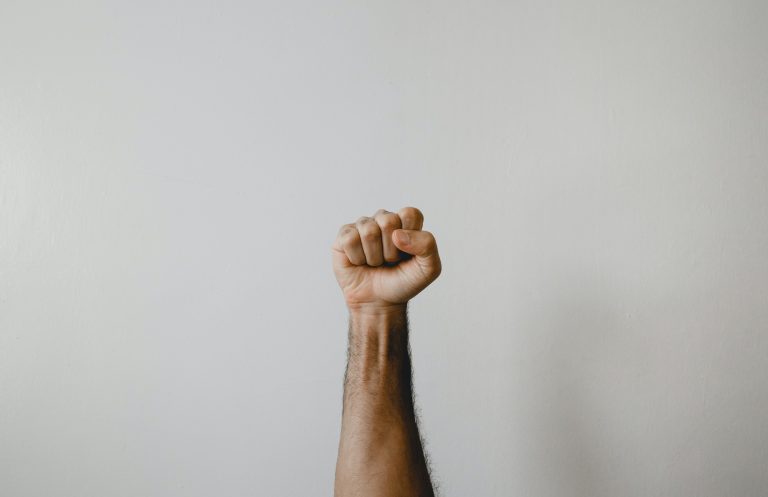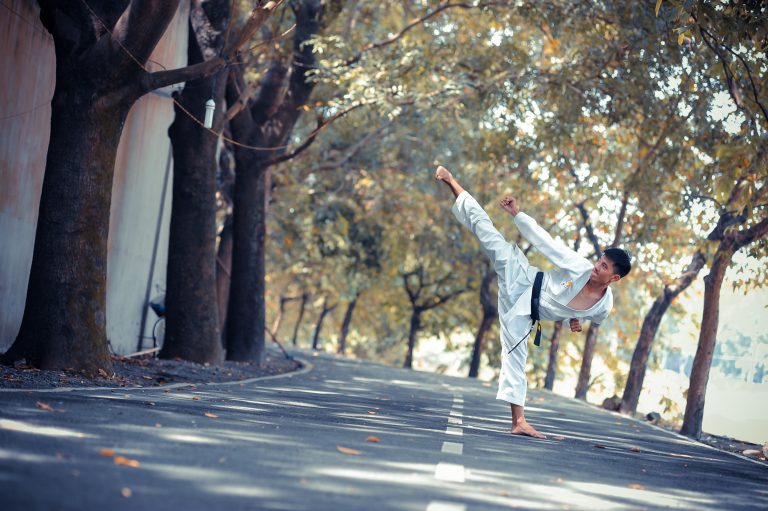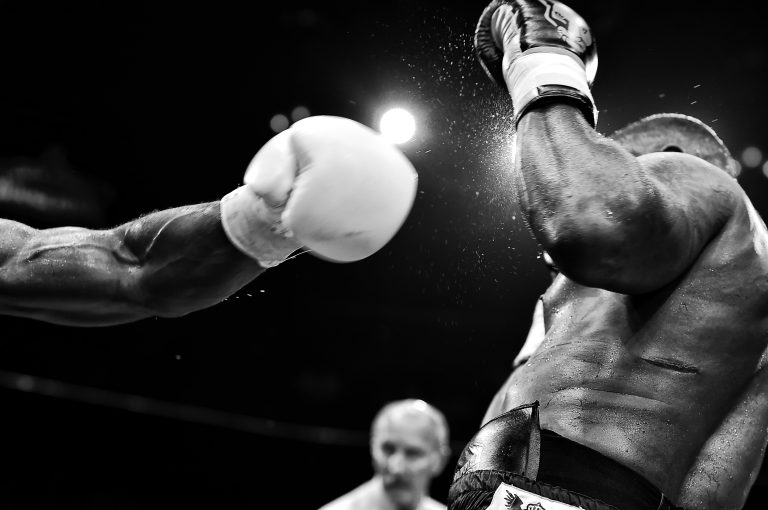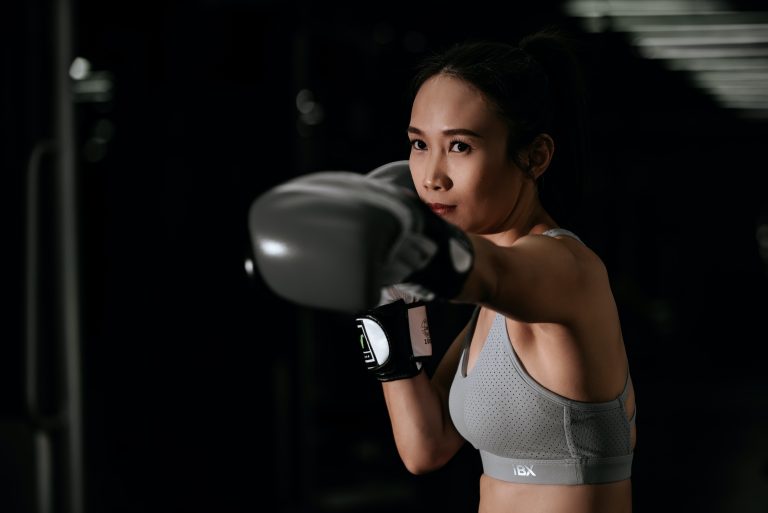Everything You Need to Know About Choosing the Right Karate Style for You
Karate is a martial art originating in Okinawa, Japan and has gained worldwide popularity over the years. Martial arts have long been popular among people who want to stay active, learn self-defense and hone their physical and mental discipline. But with so many different karate styles out there, it can be overwhelming trying to figure out which one is right for you. In this article we’ll look at the various styles of karate so that you can make an informed decision and choose the best karate style for your needs.
What is Karate?
Karate is a Japanese martial art that combines strikes, blocks, and kicks with techniques that control an opponent’s movements or balance. It is traditionally practiced as a means of self-defense and physical fitness. To engage in karate, one must first grasp the fundamental principles of the martial art and develop techniques for self-defense and physical fitness. Once this is done, one can then begin to specialize in a particular style or series of techniques.
The Different Styles of Karate
Karate is divided into two different types: traditional karate and modern karate. Traditional karate focuses on learning self-defense and includes more low-level techniques than modern karate. Modern karate encompasses a wider range of techniques, including high-level kicks, sweeps, throws and submissions.
Traditional Karate
Traditional karate consists of several different styles that have been passed down over generations. These styles originated in Okinawa, Japan where they were taught with little change over time because masters rarely taught outside of the region. Seven traditional styles of karate still commonly practiced today are: Shotokan, Goju Ryu, Wado Ryu, Shito Ryu,Shorin Ryu, Shindo Jinen Ryu, and Kyokushin.
- Shotokan: The most traditional of the seven styles, often characterized by linear blocked punches and low stances. Movements in Shotokan tend to be slower and longer than other styles.
- Goju Ryu: A blending of hard and soft techniques utilizing circular blocks, low stances, and focused breathing to build strong technique.
- Wado Ryu: Characterized by upright blocking movements, this style is more like dancing than the other styles, mixing hard blocks with soft evasions.
- Shito Ryu: A blend of techniques from other styles, adopting straight and circular punching techniques, fast blocking sequences, and lightly connected functional katas.
- Shorin Ryu: Characterized by open stances and emphasis on speed, this style often combines high kicks with smaller-scale blocks and punches.
- Shindo Jinen Ryu: Very similar to Shorin Ryu with small differences in stances and techniques. Characterized by fast advanced and technical blocking sequences.
- Kyokushin: A full-contact style focusing on strong stances, strong kicks and punches, competing in matches to gain full mastery.
Modern Karate
Modern karate is a more contemporary style developed over the last few decades by combining traditional karate techniques with sparring techniques from other martial arts — particularly Taekwondo. Techniques are adapted from rules competitions so that matches can be judged fairly. Unlike traditional karate which emphasizes self-defense training, modern karate focuses on contact sparring. Eight common styles of modern karate include: Kyokushinkai, Seido Juku, San Shi Go Kan, Goju Kai, Full-contact, Okinawan Karate, Enshin Karate, and Reality Based Self-Defense.
- Kyokushinkai: A full contact style characterized by strong stances, strong kicks, punches and elbows. Kyokushinkai relies heavily on mental strength during sparring matches.
- Seido Juku: Originating in Japan, this style emphasizes respect for others and for oneself. It mixes hard blocks, linear punches, and light kicking techniques.
- San Shi Go Kan: Originating in Japan as well, this style focuses on breathing patterns to increase awareness and coordination during fight simulations.
- Goju Kai: A hybrid of traditional Goju Ryu and Taekwondo with an emphasis on lighter stances, flowing movements, and circular blocks.
- Full-contact: Developed more recently, this style combines techniques from multiple martial arts with proper protective gear to lower chances of injury during contact sparring.
- Okinawan Karate: Similar to traditional Shotokan karate in techniques but with a more pragmatic approach for use in actual combat situations.
- Enshin Karate: Originating from Japan and created by former World Karate Champion Kancho Jhono Yuisaimura. This style utilizes dynamic single movements instead of katas or combinations to make it more appealing to modern practitioners.
- Reality Based Self-Defense: RBSD blends together several fighting disciplines with psychological approaches in order to provide a more practical set of training methods suited to today’s environment.
- What goals do I have?: Are you looking for a fun way to stay active or do you want to learn self-defense? Do you want to compete or are you interested in physical fitness? Different styles focus on different areas so it’s important to know what you want out of your practice before choosing a style.
- What type of practitioner am I?: Are you a beginner looking for fundamental techniques or an experienced martial artist looking for advanced techniques? Are you looking for something fast-paced or something slow-paced? Are you looking for something that adheres closely to tradition or something more creative? Knowing the type of practitioner you are will help you narrow down which style of karate is best suited for your needs.
- What resources are available?: Are there local dojos nearby or online classes available? How much money are you willing to invest in lessons or equipment? Understanding the resources that are available will help inform your choice of style.
- How important is contact sparring?: How important is actual fighting vs. practice? If contact sparring is important to you, then a modern fighting style might be better suited, whereas if you want to focus on fundamentals then traditional styles would be more suitable.
How to Choose the Right Karate Style for You
Choosing the right karate style for you depends on your goals and what you want out of the martial art. Here are some questions to ask yourself to help you make an informed decision.
- :
Once you’ve answered these questions you’ll be in a better position to choose which style is right for you. We’ve also put together a helpful chart that breaks down the different styles so you can further compare them:
KARATE STYLE COMPARISON CHART &
Style
Origin
Specialties
Striking/Low Stances?
Shotokan
Japan/Okinawa
Linear Blocking & Low Stances
Yes/Low Stances
Goju Ryu
Japan/Okinawa
Circular Blocks & Low Stances
Yes/Low Stances
Wado Ryu
Japan/Okinawa
Upright Blocking & Evasive Movements
Yes/Low Stances
Inhaltsverzeichnis
Inhaltsverzeichnis

